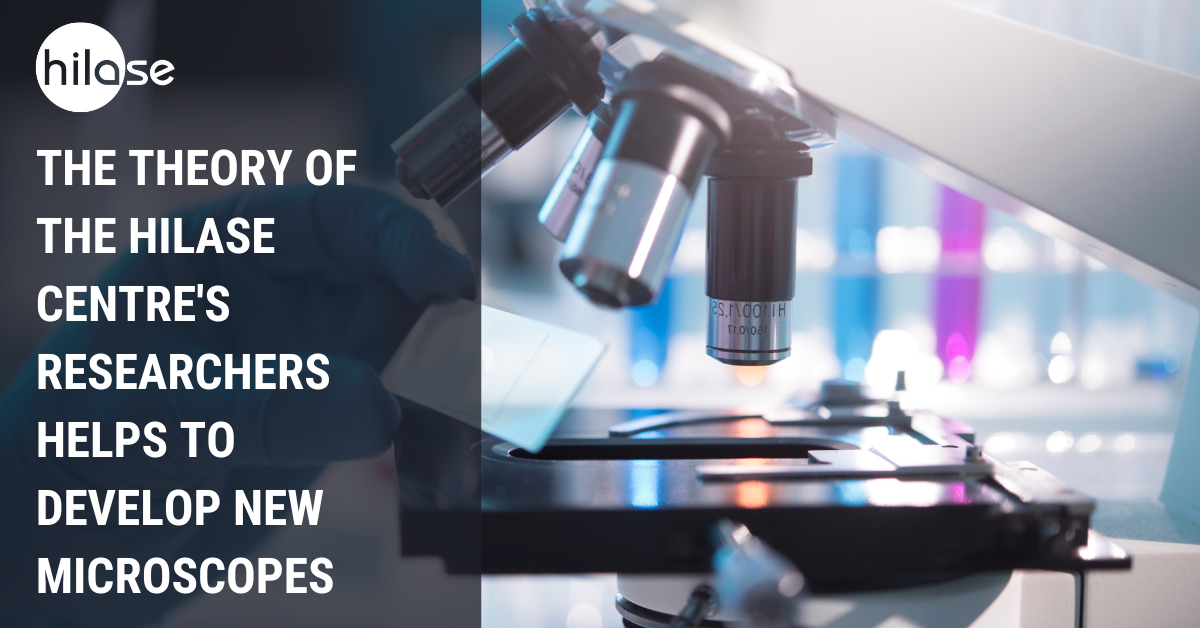The theory of plasmon polaritons in lossy materials, published by our colleague Thibault Derrien, has proven useful for development of new microscopes! This new success demonstrates how important it is to develop basic theory to enable new innovations, this time by bridging fundamental knowledge with novel innovative fields of nano-photonics.

In 2016, Thibault Derrien together with J. Krüger and J. Bonse from BAM, Berlin, published a study on Properties of surface plasmon polaritons on lossy materials: lifetimes, periods and excitation conditions. The study proposed a new class of materials that support lossy modes of surface electromagnetic wave propagation (plasmon polaritons). In the article, the particular case of Nb was identified as one of the most borderline materials that should be supporting the effect upon visible light.
Very recently, a new study on Propagation of Visible Light in Nanostructured Niobium Stripes Embedded in a Dielectric Polymer has been published by an international team of researchers. In this study, the authors have developed a Raman microscope using the material that, according to the study of T. Derrien et al., should be supporting plasmon polaritons, while established theories had rejected it.
This realization opens a second field of applications for the “extended plasmonic” theory, that already demonstrated its use in increasing the regularity of light-induced nanostructures, a work that has generated a Top1% highly-cited publication in Scientific Reports, and a European patent for covering metals using highly regular nanostructures at industrially competitive production velocities.








